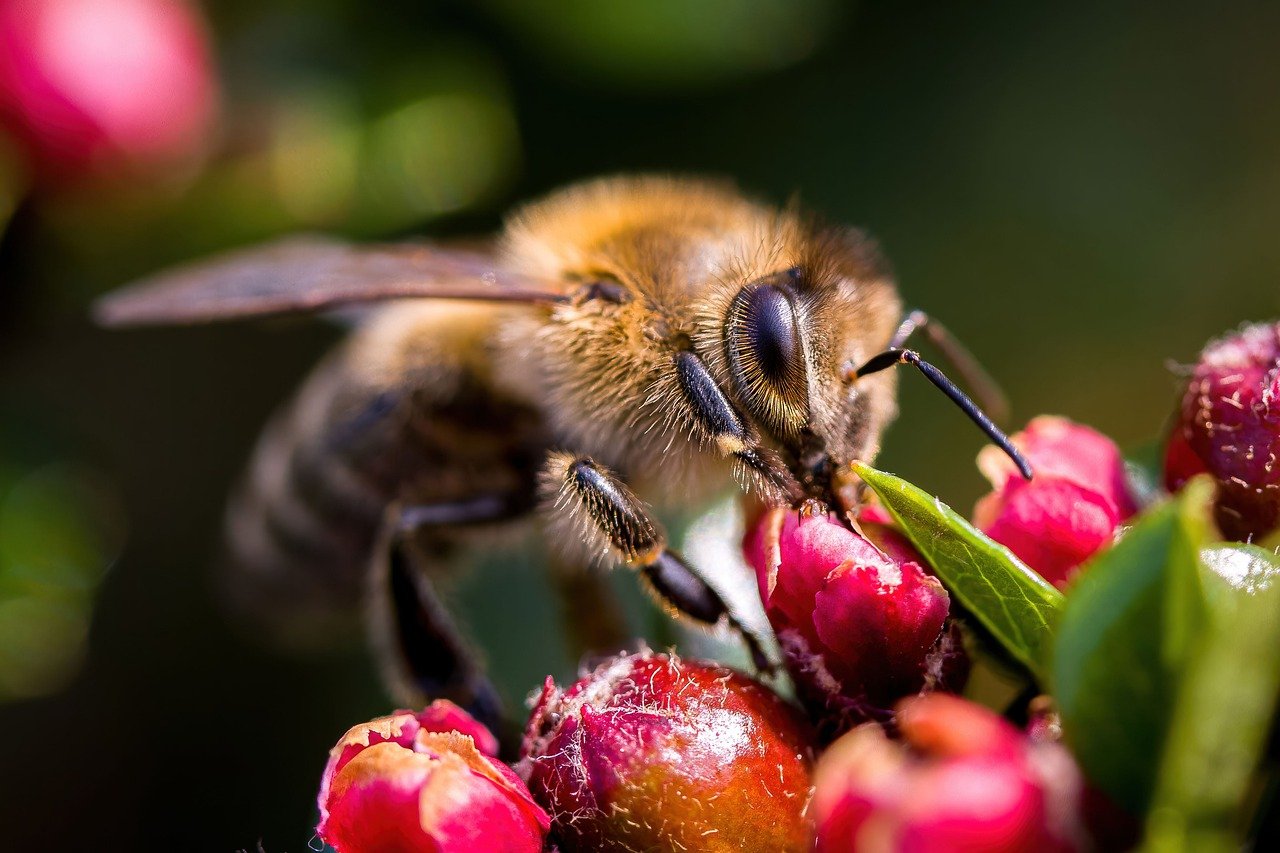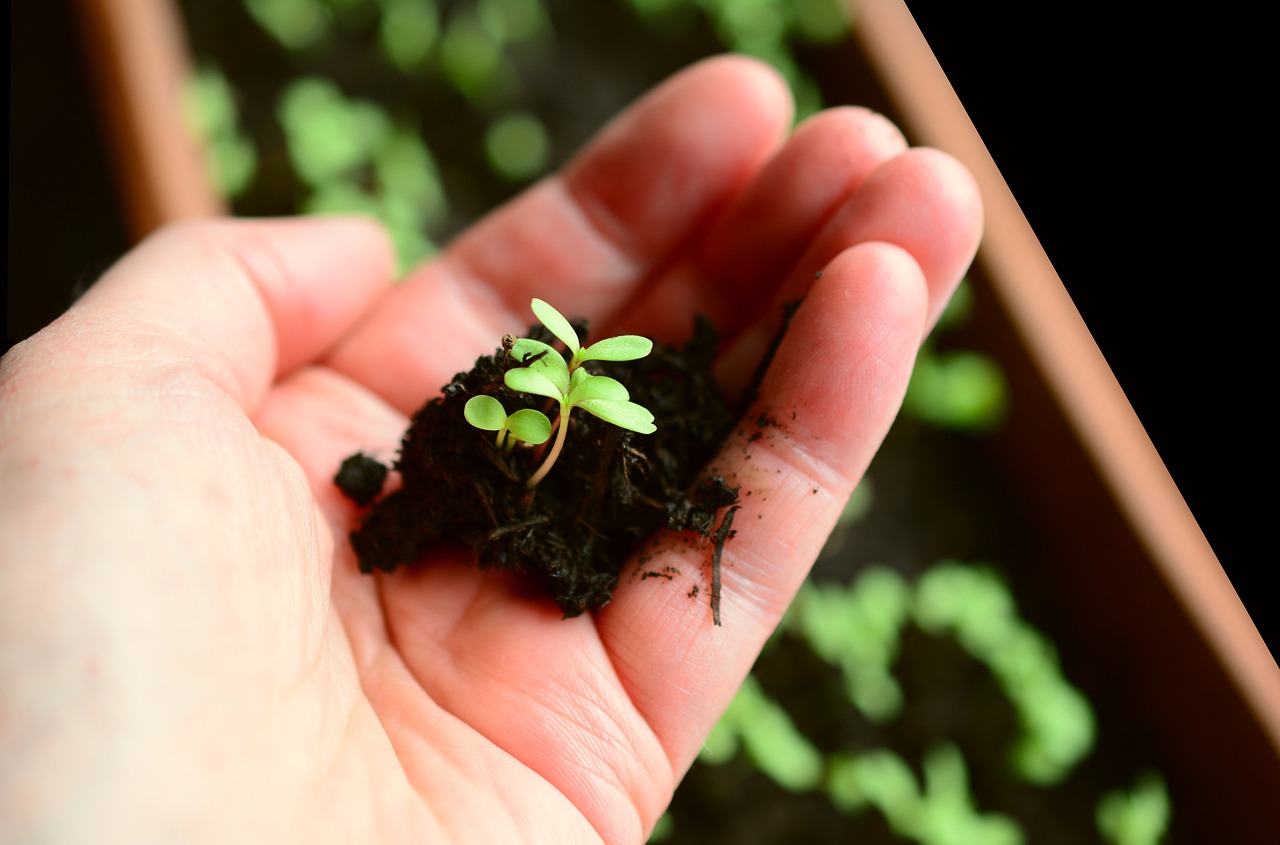For most of us, sustainability doesn’t just happen overnight. Instead, little by little and step by step, we make more eco-conscious decisions that slowly reshape our lives until one day we realize we’re living more sustainably without even thinking about it! Avoiding plastic is one way to create a greener life, but there are other daily steps that we can take to reduce our carbon footprints and live more in alignment with the world around us.
In this guide, you’ll find 15 daily habits that you start today to live more sustainably and limit your carbon footprint. While you don’t need to practice all of these eco-conscious tips at once, adding one or two habits to your life can help you create a more eco-friendly home and combat climate change too.
AFFILIATE DISCLOSURE: AS AN AMAZON ASSOCIATE, I MAY EARN COMMISSIONS FROM QUALIFYING PURCHASES.

15 Ways to Reduce Carbon Footprint
We all know that large industries are responsible for far more carbon emissions than individual consumers and that can be frustrating. But I firmly believe that individuals have more say than we believe and that we can reshape the world around us by the daily decisions we make and how we choose to spend our money. The sustainability tips below are a good starting point, but I encourage you to reflect on other ways that you can limit waste and make greener choices in your life.

1. Switch to LED bulbs.
One of the easiest ways to reduce your eco footprint and make your home just a little bit “greener” is to swap out your incandescent lightbulbs for LEDs. LED bulbs fit into standard light fixtures and they’re available in cool white, warm white and other colors too. Best of all, on average, LED bulbs use 80% as much electricity as incandescents and they last up to 10 times longer too!
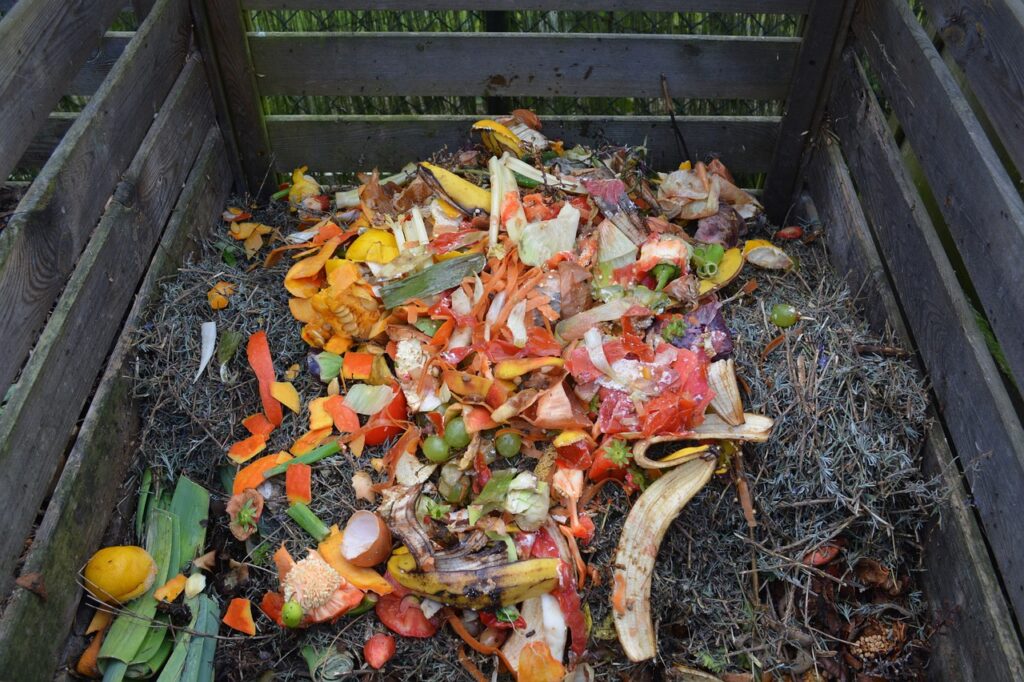
2. Compost food scraps (and yard debris).
Organic matter like food scraps and yard waste can turn into nutrient rich compost when its allowed to decompose in an aerobic (air-rich) environment. However, when these natural materials end up in anaerobic (no air) landfills, they don’t break down properly and they release methane and other greenhouses gasses as result. To avoid this, invest in an outdoor or indoor compost bin and turn those carrot peels, apple cores and autumn leaves into organic, garden-ready compost!
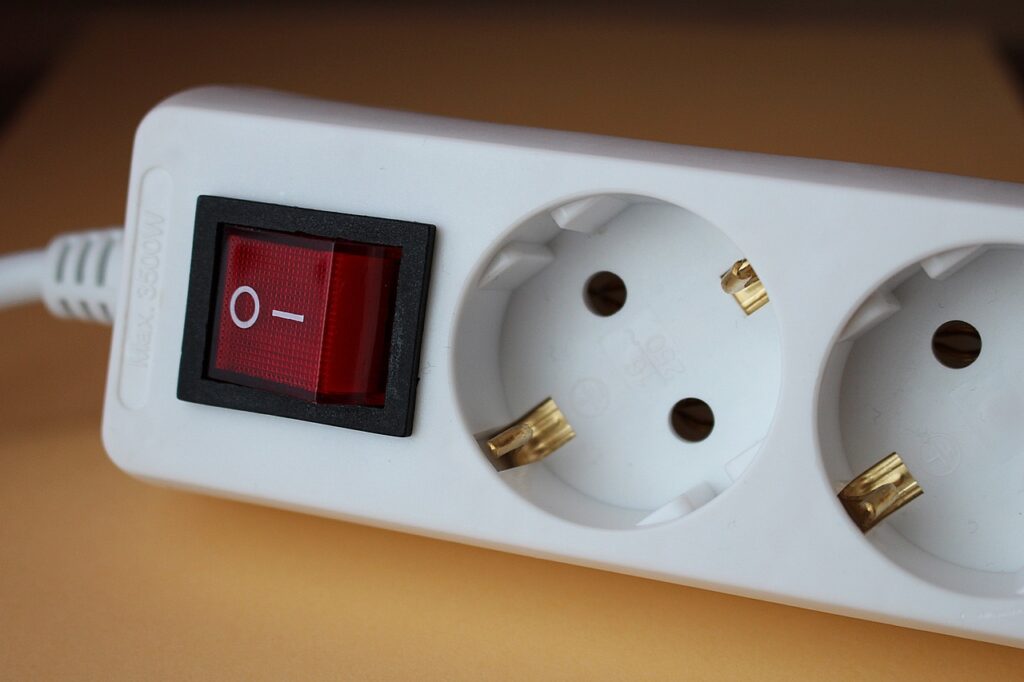
3. Unplug electronics.
These days, pretty much everyone needs a phone charger, computer charger, camera charger and more — not to mention blenders and other electronic home goods. But as useful as these products are, they use up electricity… even when they’re not turned on! Unplugging your electronic devices when you’re not using them can slash your home’s energy use and save you money on your electricity bill too!
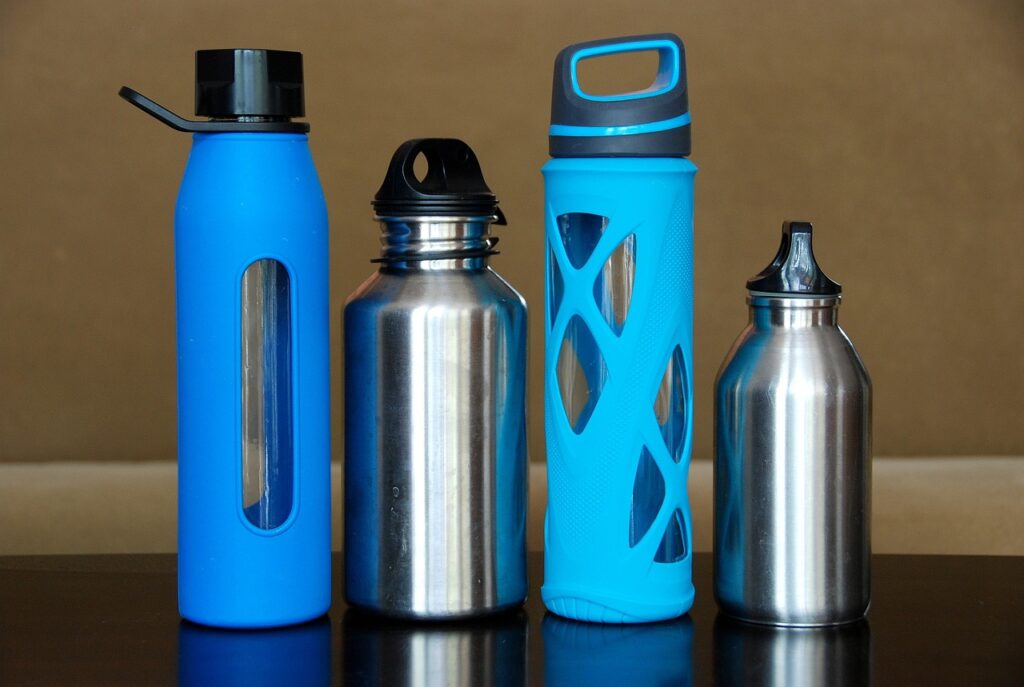
4. Use what you have.
When you browse Pinterest and see all of those gorgeous, zero waste boards, it can be tempting to run out and buy the latest in eco-friendly home goods. But there’s nothing particularly eco-friendly about buying a new sustainable water bottle or reusable shopping bag if you already have similar products at home!
One of the main tenets of sustainable living is to use what you have. So take a look through your cupboards and closets and make sure you don’t already have a similar product before you go shopping. Reusing old items reduces the need for new products to be made and that’s always the greenest option!
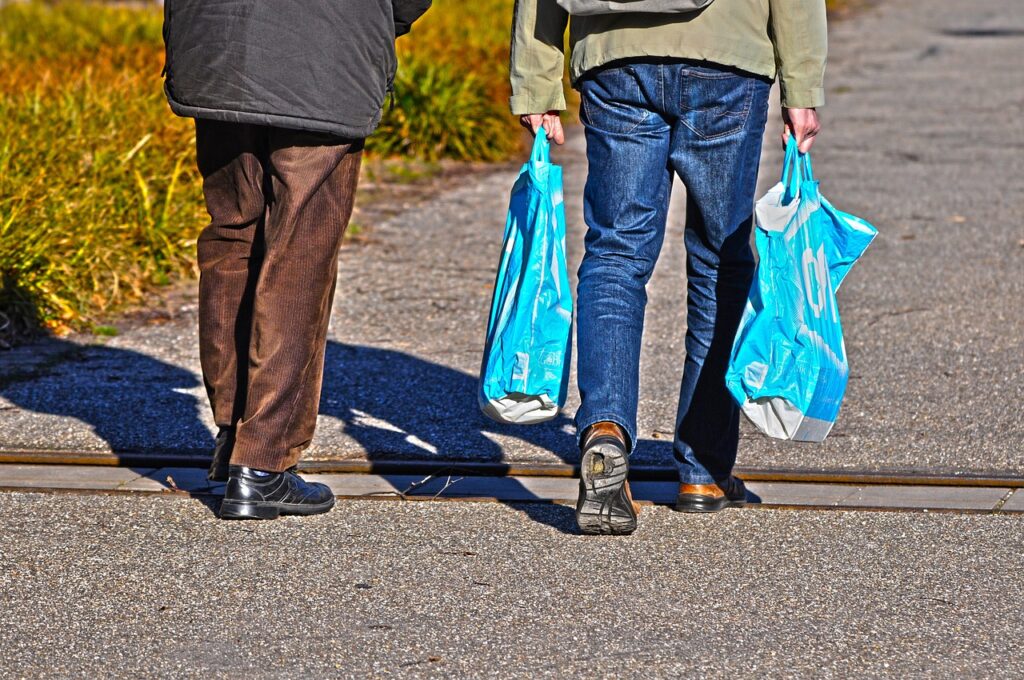
5. Bring reusables.
Single use plastic shopping bags, coffee mugs, water bottles and utensils are some of the most wasteful products around and they clog up landfills and find their way into the ocean too. Once in the environment, these products can break down into microplastics or they can be ingested by wildlife — often with fatal results. Not to mention, single use plastic is made from fossil fuels and the production and transport of these products produces millions of metric tons of greenhouses gases every year.
One way we combat these wasteful products is by reducing our reliance on single use items. Bringing your own reusable shopping bags on grocery trips and packing a reusable coffee mug, water bottle and utensil set can prevent you from using single use items when you’re on the go. Personally, I keep a little “to-go” basket of my reusables in my car at all times so I never forget them!

6. Try public transport.
Public transportation isn’t available everywhere, but if you live in an area with a reliable bus, subway or train system, taking public transport will reduce your reliance on fossil fuels and cut your carbon foot print. Even just riding the bus once a week can have an affect, or you can opt to carpool to work with friends or bike to work instead. If you need to use your car to commute, make sure your tires are always properly inflated to improve gas mileage.
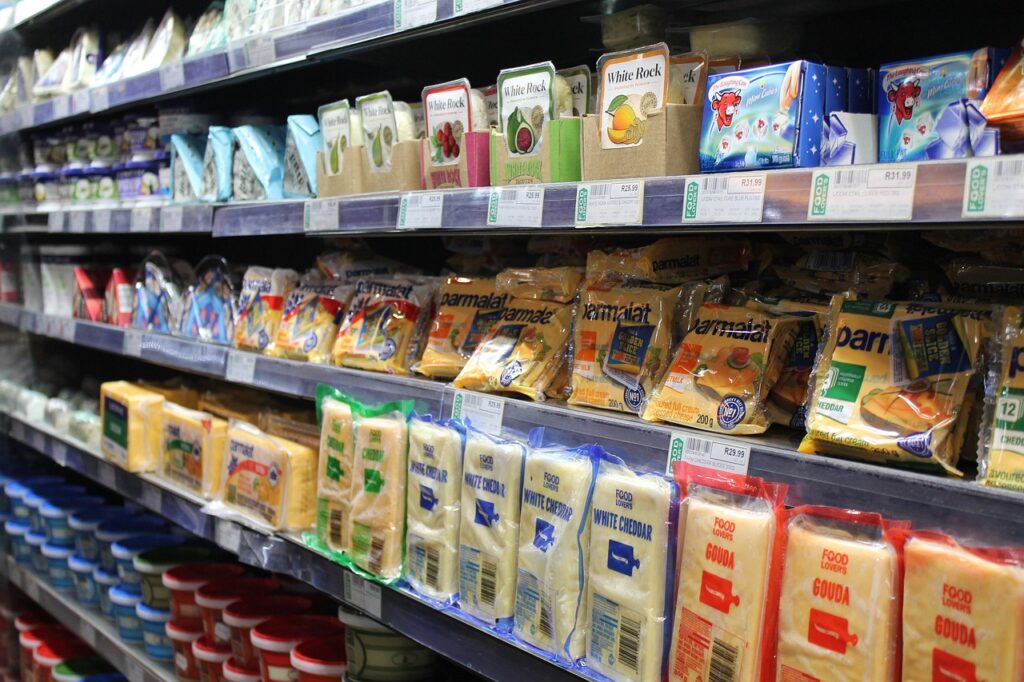
7. Avoid food waste.
Composting food scraps is one way to make your kitchen greener and limit food waste. But you can reduce your impact even further by taking an honest inventory of the foods you actually eat and the foods that often end up molding away in the back of your refrigerator. While eating your veggies is always a good thing, if you know you’re never going to open up that package of spinach, don’t buy it!
Another way we waste food is by over buying products when we go grocery shopping. To avoid this, make a weekly meal plan and shopping list before you head to the store and then stick to your list while you’re browsing the grocery aisles. This will keep you from impulse buying and you’ll end up spending less money and wasting less food too!

8. Make sustainable swaps.
Using the products we already own is always the most sustainable option since it eliminates the need for new items (and the carbon emissions that result from the manufacturing process). However, sometimes we run out of the items we need or our treasured objects break with time. When this occurs, we may need to buy new items, but we can still reduce our carbon footprint by shopping smart.
Today, there are many eco-friendly swaps on the market that are made more sustainably than conventional products. For instance, if you need trash bags, opt for compostable bags instead of single use plastic ones. Or if you run out of floss or your toothbrush is looking bedraggled, try out a Waterpik or switch to an all natural bamboo toothbrush instead.
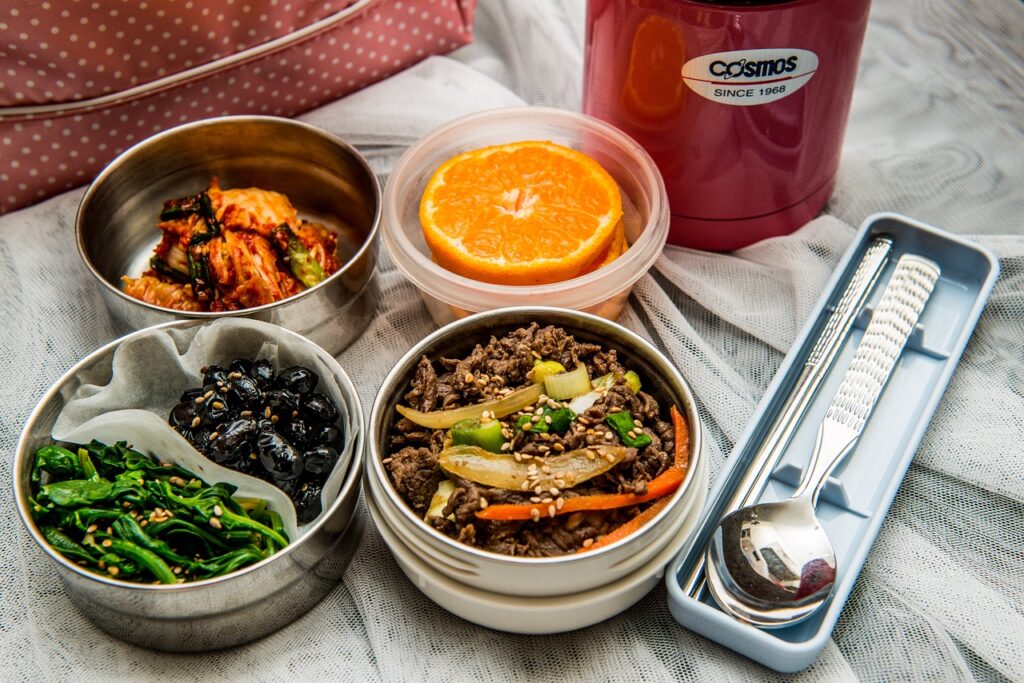
9. Pack your lunch.
Single use takeout containers are often made of plastic, which is derived from petroleum hydrocarbons. And while these items create a lot of unnecessary plastic waste, fossil fuels are also released when they’re manufactured. However, you can eliminate the need for plastic takeaway containers by bringing your lunch (or packing your favorite snacks in one of these adorable Bento boxes!)
If you do get takeout from time to time, limit your impact by getting the restaurant to package up your foods in your own reusable takeout containers.

10. Choose natural fabrics.
The fashion industry alone releases over 1.2 million metric tons of CO2 every year and, with fast fashion on the rise, over 20 billion tons of textile waste ends up in landfills every year! Even worse, much of the clothing produced today is made from an assortment of non-biodegradable plastic materials, like nylon, acrylic and polyester. But the good news is we can avoid these materials by opting for natural fabrics, like organic cotton, hemp and bamboo, whenever we can!
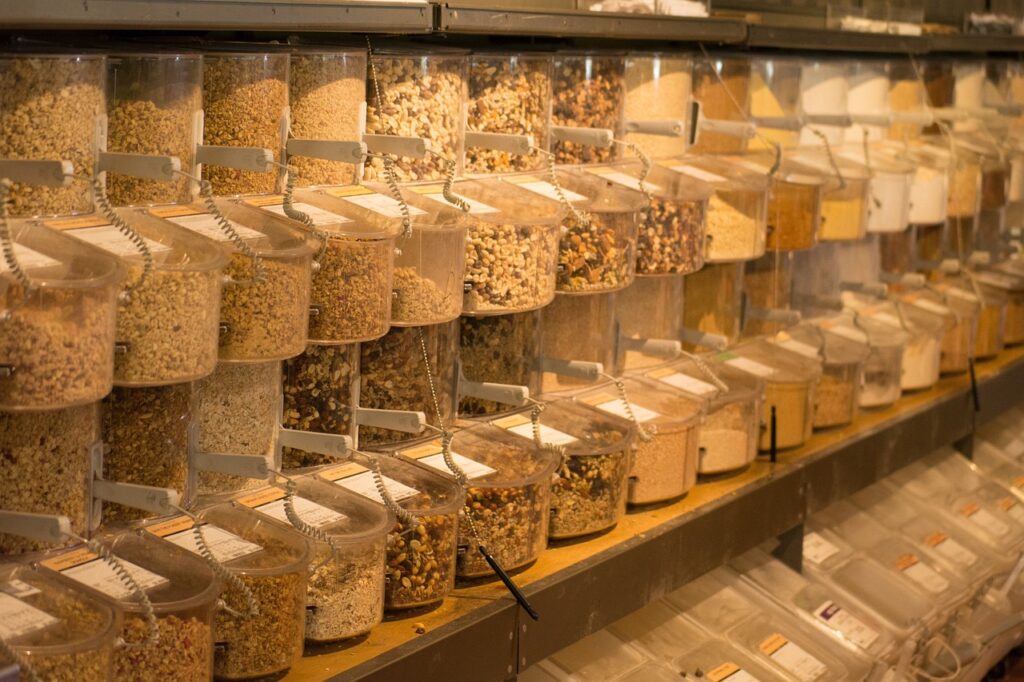
11. Buy in bulk.
Not everyone has access to bulk food stores, but if you live in a big city, you probably have at least one bulk store nearby. These sustainable shops allow you to buy products like spices, grains, nuts and loose leaf teas by weight and package the items up in your own reusable jars and baggies. This eliminates the need for single use packaging and bulk foods are usually cheaper too!

12. Turn down the thermostat.
While we all love to be toasty warm in winter, indoor heating can use up a lot of energy and fossil fuels too. But if every person turned down their thermostats by just 1° F, it would eliminate 7.2 teragrams of carbon emissions annually — the equivalent of the carbon released by over 1.4 million people every year! And, of course, you can still stay nice and cozy with thick socks and a fluffy blanket!

13. Go thrifting.
Most manufacturing processes generate a lot of waste and they release carbon emission too. But you can find most of the items you need, including clothing and home goods, at your local thrift shop. Buying secondhand will help you save money, but it also eliminates the need for new products and reduces waste at the same time!
Of course, the other side of thrifting is donating your own used goods when you no longer need them. Rather than sending your gently used items to the landfill, donate them to organizations like Goodwill or give them away on Facebook Marketplace. You’ll eliminate waste and help out your local community too!

14. Select local, organic produce.
Conventionally grown produce is typically sprayed with pesticides, which harm bees and other pollinators and inhibit biodiversity. But organically grown produce is grown without pesticides and sustainable farming practices are less likely to impact local wildlife. While organic produce is available at most grocery stores today, you make your shopping trip even greener by buying organic produce locally or growing your own, which eliminates the fuel used when foods are transported from place to place.
And, while this swap may not be for everyone, reducing how much meat you eat is another solid way to make your home and kitchen more eco-friendly and slash your carbon footprint at the same time!
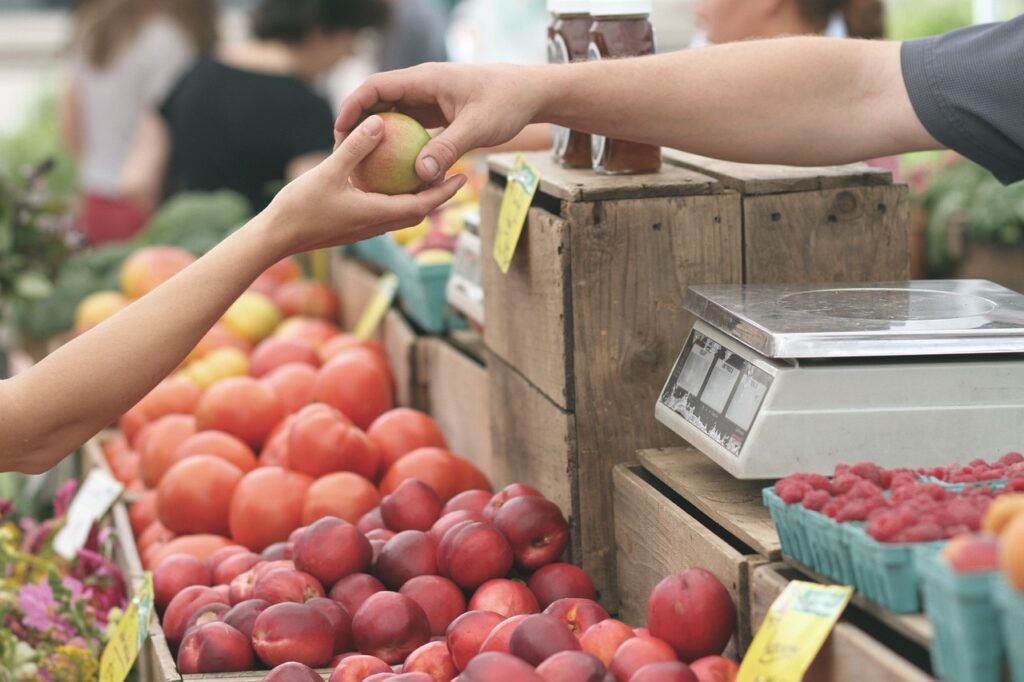
15. Vote with your dollar.
As individuals it can feel like we don’t have much say when it comes to climate change, but each purchase we make is a decision. By choosing organic, local produce and purchasing plastic-free and sustainably made products whenever we can, we increase the demand for these goods and decrease the demand for unsustainable products that harm our environment. Over time, this pressures businesses and industries to change.
Whenever you can, seek out companies that are committed to producing products sustainably. These companies may use biodegradable materials (like organic cotton or hemp), they may offer recycling programs or they may have purchased carbon offsets. Avoiding fast fashion as well as products with lots of petroleum-based plastic packaging is also helpful.

